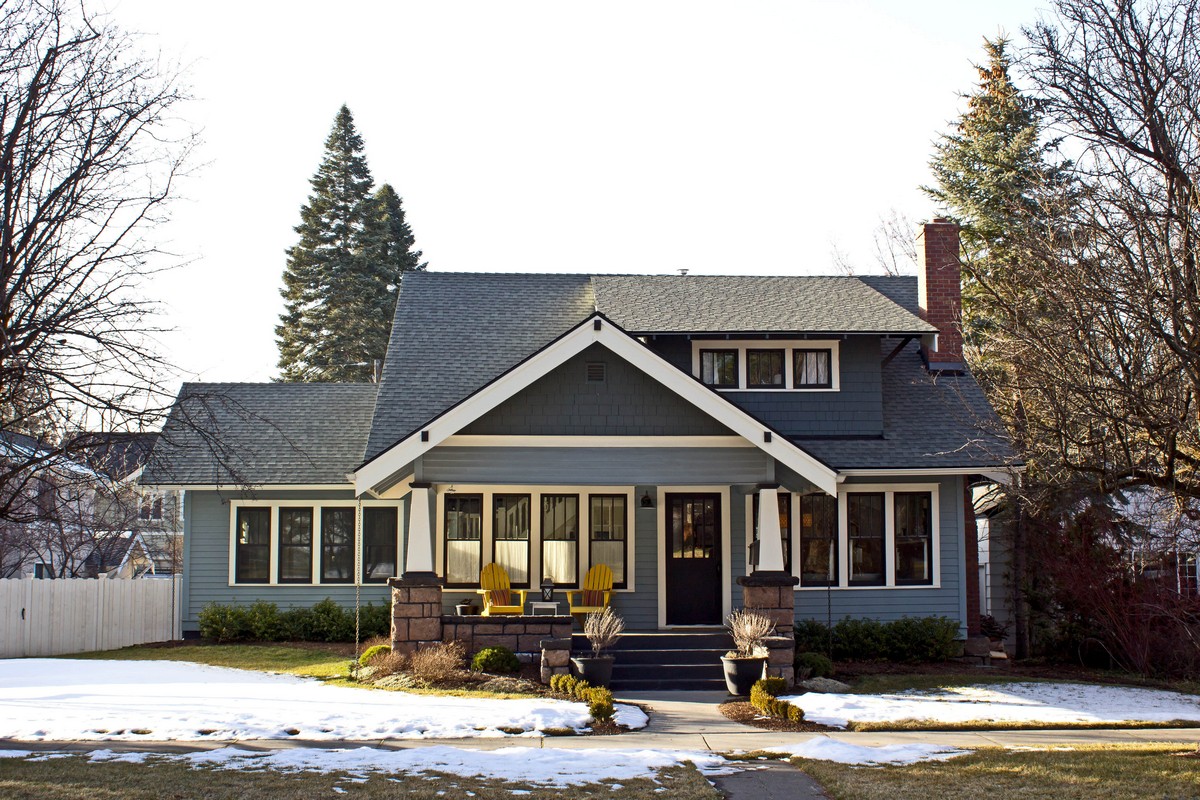The structure that your garden shed sits on is as important, if not more important than the garden shed itself, because without a solid, level and well-shaped base, the foundations for your garden shed may fail and this may bring your shed and its contents to a state of collapse.
Which type of base is right for my shed?
You need to form a barrier between your garden shed and the ground to prevent water from rising and entering into your garden shed causing damage to your shed panels and to the contents that you store in your garden shed.
There are a number of base foundations that can be appropriate for your garden shed. You can use wood, or concrete, garden slabs or one of the new environmentally friendly selections.
None of these foundations are particularly difficult to prepare and install, but you must make sure that you get the job right.
Some of the companies that can sell you a wooden garden shed can provide you with a matching timber shed base. This is the easiest way to make sure the garden shed will fit exactly on the timber shed base. Alternatively, you can build your own timber shed base and prepare this before the garden shed kit arrives from a supplier. You will need to prepare the area to ensure that it is level before you place to the shed base down, but in most areas, this isn’t a difficult task.
Where you have chosen to build a concrete shed base, it needs to sit on a firm foundation so that it doesn’t collapse into the ground and perhaps break. A simple concrete shed base of 4 to 6 inches deep will provide sufficient foundation for almost any garden shed you’re going to place on top of it.
A new use for garden slabs
Where people have decided not to put particularly heavy items in their garden shed, a simple raking of the area and laying sand and using garden slabs, can provide a good quality base for a garden shed. It is better to place garden slabs along all the parameters for the garden shed to sit on, rather than just placing four slabs at the corners, because this will not support all of the panels of your garden shed properly.
Preparing the ground properly
To complete the groundwork of the area for a base for your shed, the preferable way to organize the area is to compact the ground where your bases to be laid and to check that the area is level; you will need a large spirit level for this or you can place a brick on either side of the area, with a plank of wood across it and the spirit level in the middle to check to see if the area is level.
It is better if there are no stones or other items that can cause an imperfect level for the base because the ground must be extremely solid and level for any of the bearers, be they wood or one of the newer environmentally friendly options, to sit on properly.
If you take the time to prepare the area properly, your choice of garden shed base will provide a barrier between the ground and your shed and keep your shed level, which will make it easier for you to work inside.
If you want to make the best first impression for potential clients, hire a good home staging companies such as RC Homestaging.


